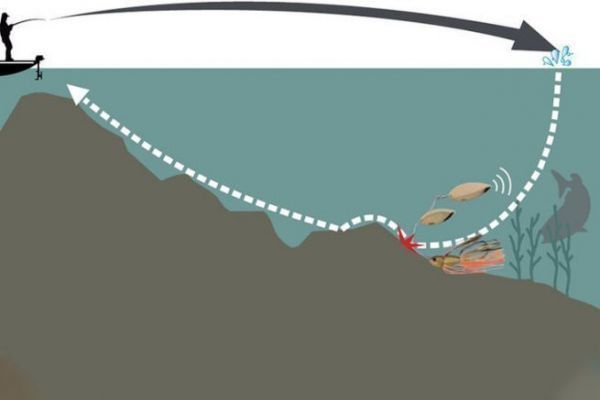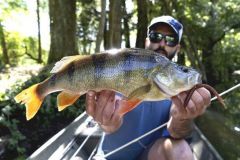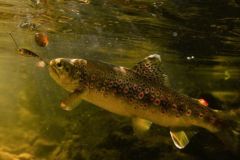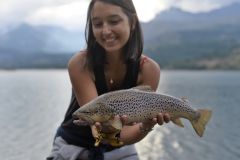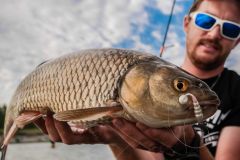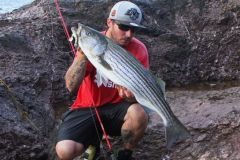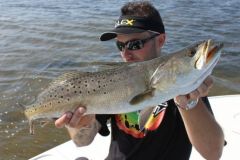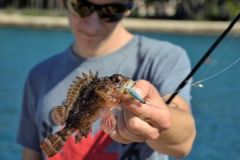Spinnerbaits, the lures of the season for pike
On drop-offs, pike are sometimes lurking on the bottom. In this case, surface or sub-surface animation may not work. Spinnerbaits are metal lures with a stainless steel frame, or titanium on top-of-the-range models. On one side is the lead head with a wide-mouth hook and silicone skirt, on the other one or two spinning vanes that emit vibrations to attract the attention of predators at long range.
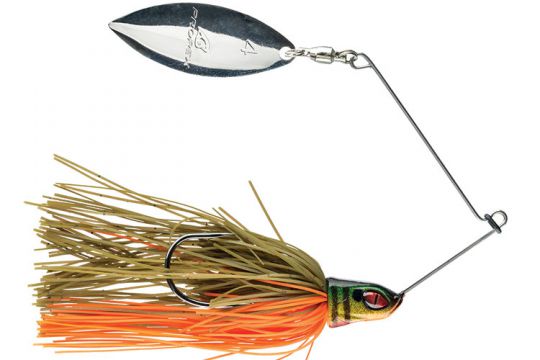
Once the pike has been disturbed by the vibratory call resonating on its lateral line, it may be visually attracted by the skirt in more or less flashy colors.
Animate the background
This lure has the advantage of passing over obstacles quite easily thanks to the metal structure in the axis of the hook, which protects the tip of the hook during linear retrieves without pausing. The spinnerbait is cast and retrieved linearly, without jerking, at a moderate speed along the bottom. The animation, called "slow-rolling", is particularly useful at the end of the season.

To target pike in particular, use a big nylon or cable stem to prevent the corrosive teeth of this fearsome predator. From autumn onwards and in winter, predators tend to move closer to the bottom, and it becomes interesting to exploit the lower part of a shoal. Positioned on the shoal by boat or on the bank on foot, simply cast towards the downward slope, let the lure touch the bottom once, then retrieve the spinnerbait in a linear or sawtooth pattern to make it more visible (30 to 40 centimetres cast).
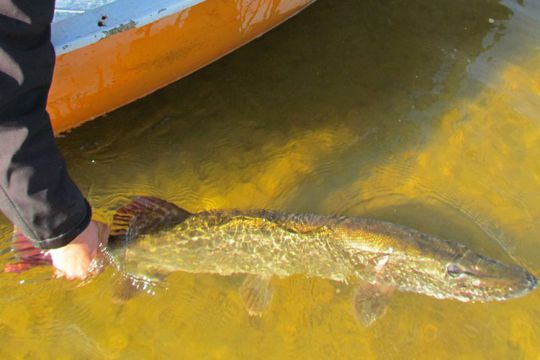
An animation that can be used with other vibrating lures
A vibration, a shad, a spin tail jig or any other lure that "swims by itself" has its place here. At this time of year, when the water is colder and the days shorter, the food present on the surface is now found closer to the bottom, where the water temperature remains stable and milder than on the surface. What's more, since a slow rolling action generally allows you to target larger fish, slow rolling is perfectly suited to underwater features that are home to big fish. A slow retrieve at the start of the slope will inevitably lead to a few snags on the bottom. Keep retrieving to force the lure to strike the obstacle and continue its trajectory.
